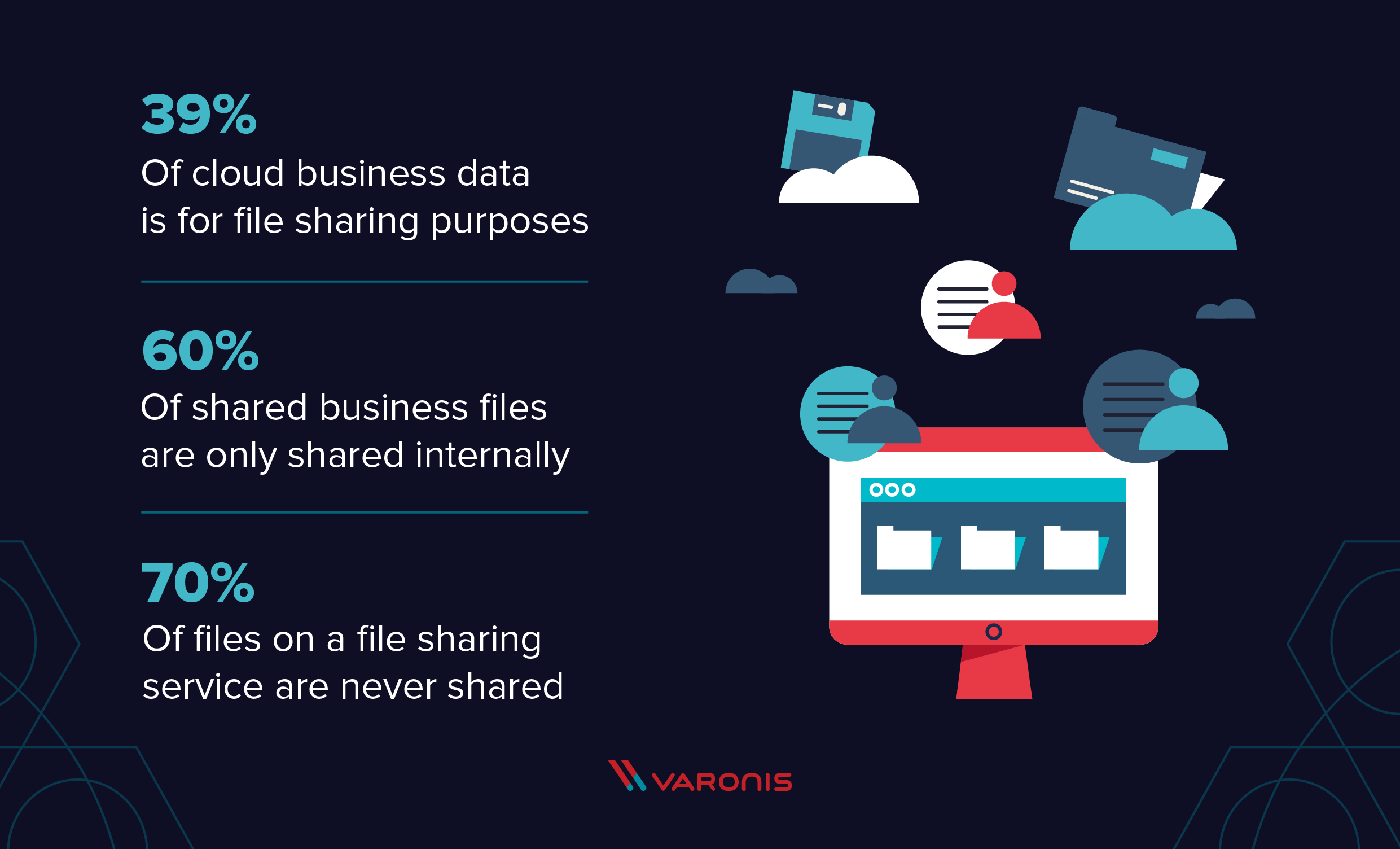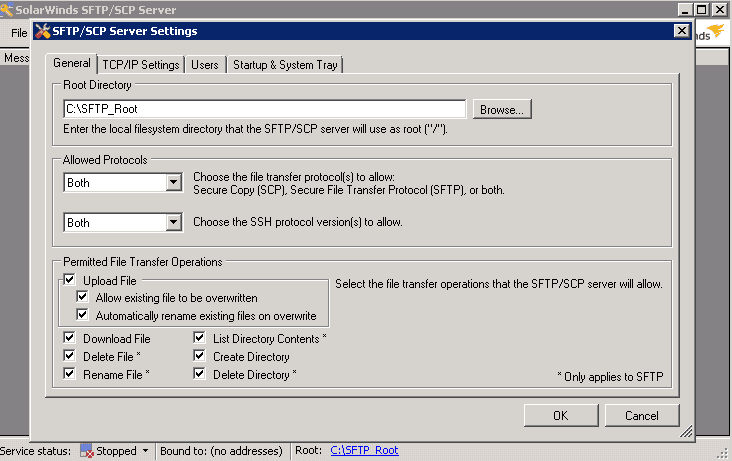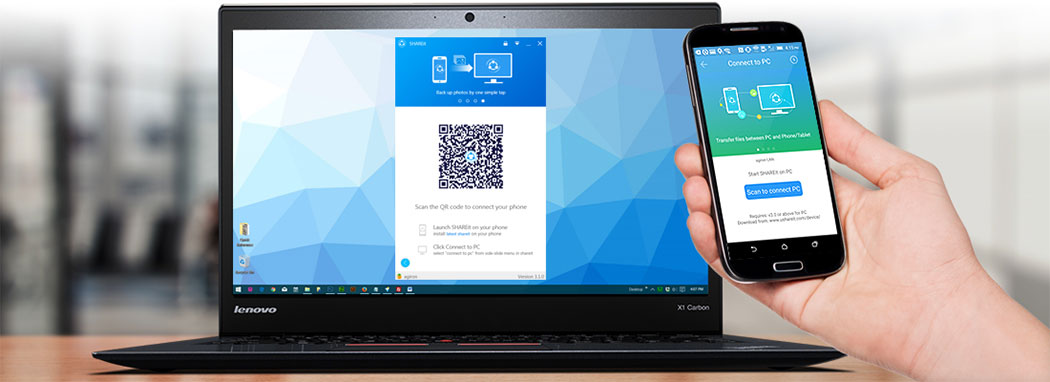


QUIC, short for Quick UDP Internet Connections, is an experimental network protocol design by Google.However, each UDP file transfer tool below is open source, therefore you can use it for free. The dependability of each project varies and it will require a certain amount of testing to verify which one works best for your use case. Below are a list of projects that you can use within your own network to enable the transfer of files over UDP. There are many UDP file transfer tools and projects that implement UDP for both usability purposes as well as performance reasons. Checksum - Used to verify that the data has not been corrupted by routers of bridges in the network.Length - Used to identify the length of the header itself.Destination port - Used to identify the application receiving the message.Source port - Used to identify the application sending the message.The purpose and function of each UDP header section is described below. UDP headerĪs mentioned in the table above, the UDP header is quite small (8 bytes in total) and consists of four fields, each one being 2 bytes in length. On the other hand, having the same conversation over UDP, the conversation is transferred much faster although certain packets may be dropped. Although you would never miss a word being spoken, the conversation would take considerably more time.

However, in some cases such as audio communication, this is greatly preferred, Just think, if you were having an audio conversation with somebody online and all of the communication was slowed down because the packets were being transferred over TCP. You are essentially trading reliability for performance. In terms of reliability, UDP has its drawbacks when compared to TCP. Small but not as small as UDP (header is 20 bytes) Provides flow control options including: sliding windows, congestion avoidance algorithms, etc This is required before another transfer can take place Not required, this allows for faster speedsĪll data is acknowledged. Very reliable, all data is acknowledged and tracks data transfer in order to ensure that all packets have been receivedĬonnectionless, in that there is no dedicated connection requiredĬonnection-oriented, in that it requires a dedicated connection before any data can be transferred Unreliable, there is no guarantee that all packets will be received A few distinctions between UDP vs TCP include: These differences are important components in determining what each protocol is suitable for your use-case in terms of data transfer. There are a few differences that exist between the way UDP and TCP work. In this post, we'll go over some of the granular differences between UDP and TCP as well as a few UDP tools you can use. Once all of the packets have arrived, the data set is reconstructed and the file is back to its original state. These packets are then sent across the Internet, hopping from one node to the next until they eventually end up at their destination. The way TCP and UDP protocols both work are that they break down a large data set (i.e. A few scenarios where UDP is commonly preferred over TCP include: TCP, or Transmission Control Protocol, is the more widely known and used protocol for file transmission, however, falls short in comparison when it comes to transferring large files at fast speeds. UDP, which stands for User Datagram Protocol, is a method used to transfer large files across the Internet.


 0 kommentar(er)
0 kommentar(er)
